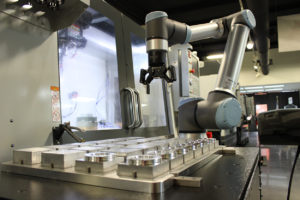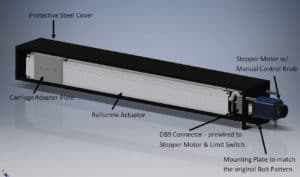Metrology Glossary: Servo
What Is A Servo?
A servo, short for “servomechanism,” serves as a sophisticated feedback control system integral in numerous applications to achieve precise control over the position of a mechanical system. This mechanism operates through a calibrated potentiometer, a specialized variable resistor, and a wiper arm. The potentiometer is intricately linked to the wiper arm, responsible for gauging the potentiometer’s resistance as it moves. This resistance modulation plays a crucial role in directly influencing the voltage supplied to the connected motor.
What Are Servos Used For?
- Industrial automation: Servos play a crucial role in orchestrating the precise positioning of diverse components within machinery, managing tasks ranging from controlling assembly lines, packaging lines, and other manufacturing processes.
- Medical devices: Servos find application in certain medical devices requiring exact positioning and control, such as robotic surgery arms and systems facilitating precise drug delivery.
- Fluid control: Servos prove instrumental in regulating the flow of fluids by overseeing valves and pumps, ensuring precise control over fluid dynamics.
- Temperature control: Servos are employed to adjust the positioning of dampers and vents, enabling precise control over the temperature in diverse environments.
- Solar panels: Servos are used to dynamically track the sun’s movement, adeptly adjusting the angle of solar panels to optimize energy generation.

Related Terms
A resistor is an electrical component within electronic circuits that serves the purpose of impeding the flow of electric current....
A panel meter is a device engineered for the precise measurement and visual representation of various physical parameters, including voltage, current, temperature, or pressure....
A flow meter is a specialized device designed to gauge the volume or mass of a liquid or gas as it traverses a channel or pipeline....
Further Reading

A common trend in the industrial automation and robotics industries is looking for electric alternatives to pneumatic components. What is the benefit of switching from pneumatic to electromechanical actuators? Take a look at our top 5 benefits to see why it might be right for your operation.
February 24, 2021


Why use a linear shaft motor instead of a U-shaped linear servo motor? With an independent review of energy efficiency, this article discusses the benefits of using linear shaft motors in place of linear servo motors.
February 24, 2021





